What does specialty coffee mean to different people around the world?
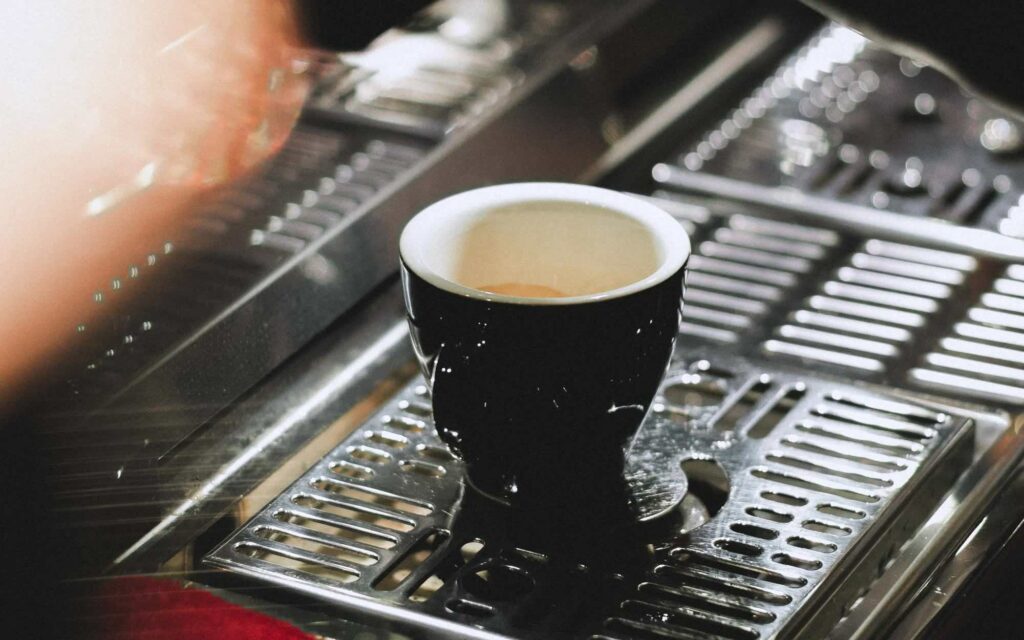
In recent years, we have clearly seen that specialty coffee is becoming more and more popular around the world. While the US and Europe remain two of the biggest markets, specialty coffee consumption is also significantly increasing in the Asia-Pacific region. Additionally, there is some steady market growth in Latin America and Africa, too.
Objectively, we define “specialty coffee” by a score of 80 points or above on the Specialty Coffee Association’s 100-point scale. Alongside quality, there are a number of more holistic defining characteristics of specialty coffee, such as sustainability, traceability, transparency.
But given that consumption is increasing across the globe, it’s also fair to assume that the definition of specialty coffee is evolving. Now influenced by many different social and cultural factors, industry professionals and consumers alike have started to develop their own personal relationship with specialty coffee.
To find out what specialty coffee means to different people around the world, I spoke to three industry professionals. Read on to learn more.
You may also like our article on whether Nordic specialty coffee roasters are still as innovative as they once were.
Where is specialty coffee most popular?
Despite its smaller market share, it’s undeniable that the global specialty coffee sector is growing. But by far the most obvious growth is in the US, Europe, and Asia-Pacific.
Let’s look at the US first. In 2022, research from the National Coffee Association found that domestic consumption of coffee had reached a 20-year high. At the same time, 43% of surveyed consumers reported drinking a specialty coffee beverage in the past day. This represents a 20% increase on January 2021.
Moreover, some figures predict that the North American specialty coffee market will grow by 20% year-on-year until 2030. This would make it the fastest-growing market in the world.
According to Research and Markets, the Asia-Pacific specialty coffee sector will experience a 15.3% annual growth rate from now until 2030. The research agency also found that premiumisation is a significant driver of this growth.
Europe, meanwhile, is one of the world’s most important consuming markets. The continent currently has the largest share of the global specialty coffee market at around 46.2%. Its market growth is expected to increase by 9% over the next three years, too.
Breaking down regional specialty coffee consumption
Although it’s one of the most important markets, considering there are dozens of culturally-different countries in Europe, the popularity of specialty coffee in this region is incredibly difficult to generalise.
Scandinavia is a global pioneer of specialty coffee culture, for example. Thanks to leading industry professionals in countries like Norway, Denmark, Sweden, and Finland in the late 1990s and early 2000s, light roast single origin coffee has become popular in more and more countries around the world.
What’s more, year after year, Nordic countries often top lists for the highest coffee consumption per capita. With more than an estimated 80 roasteries in a country of around 5.4 million people, it’s evident that specialty coffee is a prevalent part of Norwegian culture.
Joanne Berry is the Head of Procurement for green specialty coffee trader Tropiq in Oslo, Norway.
“I think there are very few places in the world that drink coffee like Norwegians,” she says. “Of course, Norwegians drink coffee in different ways, but the majority of them prepare coffee at home.
“At any kind of family or social event, Norwegians always serve brewed coffee – and people drink it black,” she adds. “In Norway, it’s so normal to drink black coffee, which means you can taste more of the coffee’s inherent characteristics.”
What about in producing countries?
For the most part, when compared to consuming countries, specialty coffee consumption is overall lower in producing countries. This is the result of the historical structure of the global coffee trade, as well as the fact that most marketing takes place in consuming countries.
However, in recent years, domestic coffee consumption has been growing in a number of key producing countries. Some examples include:
Between 2016 and 2018, Brazil’s specialty coffee market share doubled from 6% to 12%. This is sure to have increased in the years since, especially following Boram Um’s 2023 World Barista Championship win
In 2018, the estimated value of the Colombian specialty coffee market was around US $1.52 billion. This is also likely to have increased over the past five years – including after Diego Campos was crowned the first-ever Colombian World Barista Champion in 2021
According to the International Coffee Organisation, domestic consumption in Uganda rose by 2.4% between 2018 and 2021
With slow but steady increasing representation of African baristas at coffee competitions, specialty coffee consumption is likely to rise in Uganda and other prominent producing countries
Patrick O’Malley is a co-founder of the International Barista and Coffee Academy in the US. He explains throughout his travels to Latin America over the years, he has noticed that specialty coffee culture has become more prevalent in the region.
“Now, if you go to countries like Honduras, Colombia, Brazil, Mexico, you will find more and more high-end specialty coffee shops,” he tells me.
Fabrizio Sención is the owner of PalReal in Guadalajara, Mexico. He also co-founded 5PM – Guadalajara’s first specialty coffee shop – in 2004, and is a 2015 World Barista Championship finalist.
He explains how roasters at origin are changing their buying practices to accommodate for increasing demand for specialty coffee.
“Previously, all the highest-scoring coffees grown in Mexico were earmarked for export,” he says. “But now, more locally-grown coffees are purchased domestically.”
Industry standards vs cultural differences
The specialty coffee industry is often defined by benchmarks set by countries like Norway, Japan, Denmark, Australia, South Korea, and New Zealand. With specialty coffee becoming more popular the world over, however, it’s clear that definitions can change according to where you are.
For example, in North America and certain Asian countries, some consumers prefer medium (or even darker) roast profiles.
“Some people want the traditional ‘strong’ coffee taste because it’s what they are used to,” Joanne says.
As one of the ten-largest importing countries in the world, roasters in Japan tend to roast slightly darker. Traditional Japanese coffee shops (or kissatens) also favour filter coffee over espresso.
“There are a lot of specialty coffee shops in the US,” Patrick tells me. “But many people still choose to add milk and sweeteners in their coffees.”
Ultimately, this means that while specialty coffee marketing and branding strategies largely appear to be the same around the world, cultural differences still influence consumer behaviour.
At the same time, however, the SCA’s standards and protocols also impact how we define specialty coffee. Updated earlier this year to mitigate the “intersubjectivity” of cupping, these processes are used to grade and assess the quality of green coffee.
“Objective scoring is necessary and important to the specialty coffee sector,” Joanne explains. “It helps to communicate quality to both roasters and producers, as well as consumers.”
With that said, it can be difficult to contextualise industry standards within different specialty coffee cultures around the world.
One of the most prominent examples is criticism of the SCA Coffee Taster’s Flavor Wheel. This resource is largely geared towards Western palates. In turn, local coffee professionals in countries like Taiwan and Indonesia have started to develop their own resources.
How can we account for cultural differences?
Objective definitions of specialty coffee will always remain important. However, for traders and roasters, Joanne explains that there are many factors which influence purchasing decisions.
“It has a lot to do with the relationship that already exists with the producer,” she says. “It’s also about coffee that is interesting, and establishing partnerships which provide value to us and our partners in producing countries.”
Patrick, meanwhile, points out that some quantifiable characteristics of specialty coffee don’t often benefit industry professionals in producing countries as much.
“The term ‘speciality’ can be skewed in so many different ways,” he says. “If you look at green grading, it’s difficult to find coffees that have zero primary defects in a 350g sample.
“When looking at the SCA’s standards for roasting and brewing, there are no concrete guidelines,” he adds. Moreover, cultural preferences for different roast profiles also change personal definitions of specialty coffee.
“If you roast coffee to a darker roast profile, is that coffee speciality? Personally, I beg to differ,” Patrick says – assumedly because darker roast profiles don’t always allow the coffee’s inherent characteristics to shine through.
New ways to define specialty coffee
If we are to combine both objective and subjective standards, we could consider other ways to define specialty coffee.
Patrick suggests introducing a Michelin star guide system for roasteries and coffee shops, which could more consistently inform consumers of which businesses serve specialty coffee – and also maintain quality throughout the supply chain.
However, approaches like this could add to the already prevalent exclusivity of specialty coffee, and potentially push certain consumers further away.
“We have to allow space for other market preferences and different kinds of palates, so we can also define what specialty coffee means to different people,” Joanne says.
Quantifiable and verifiable industry-wide standards are vital to the growth of specialty coffee – as well as our expectations of the industry.
But considering that specialty coffee is becoming more popular around the world, we need to remain agile and flexible with our definitions – and understand how standards are changing.
Enjoyed this? Then read our article on breaking down the differences between coffee consumption in the US and Europe.
Perfect Daily Grind
Want to read more articles like this? Sign up for our newsletter!
The post What does specialty coffee mean to different people around the world? appeared first on Perfect Daily Grind.
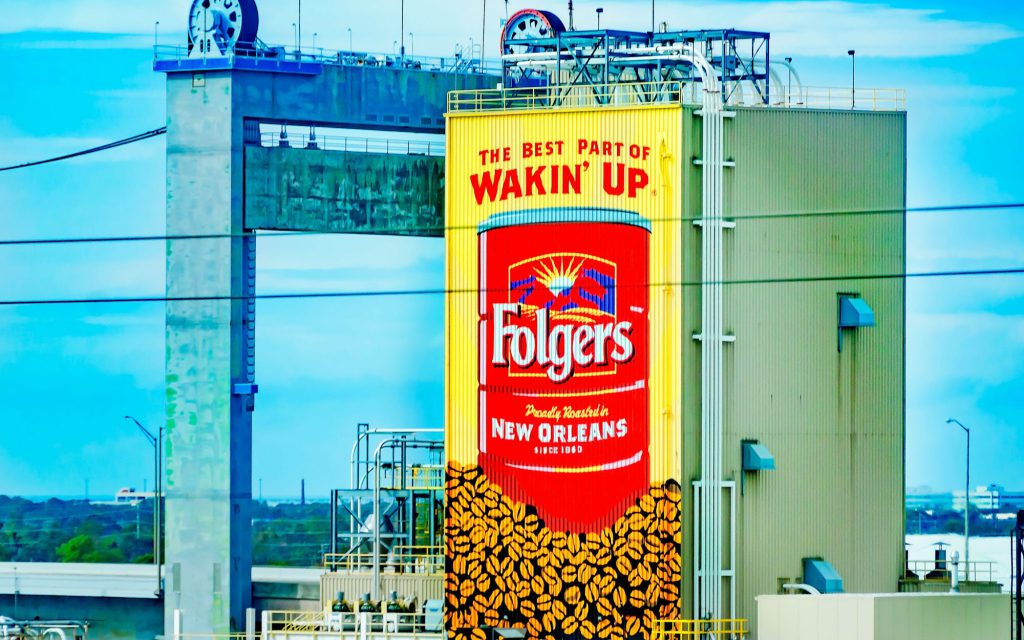
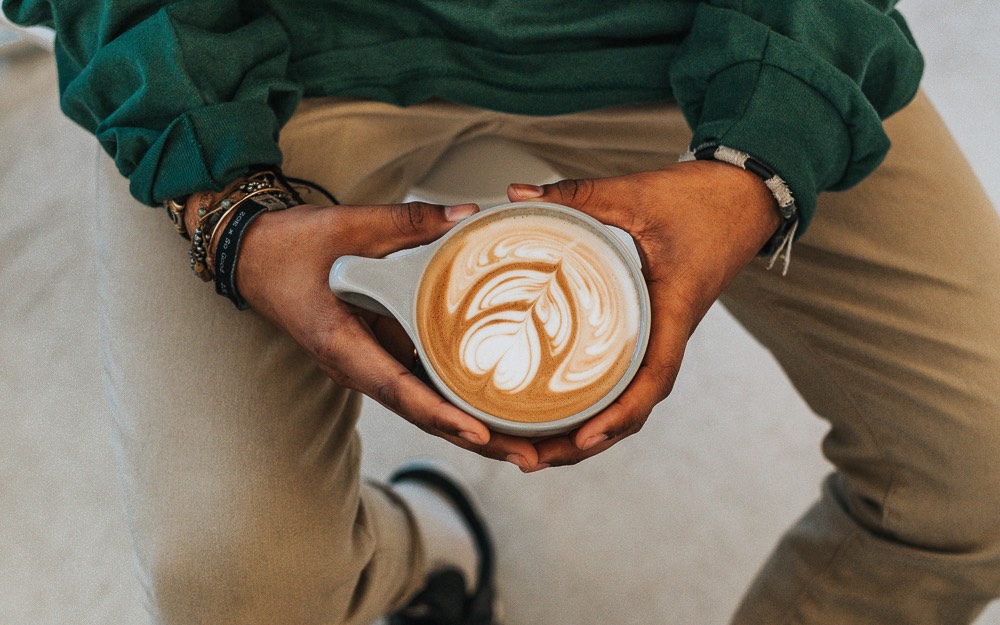

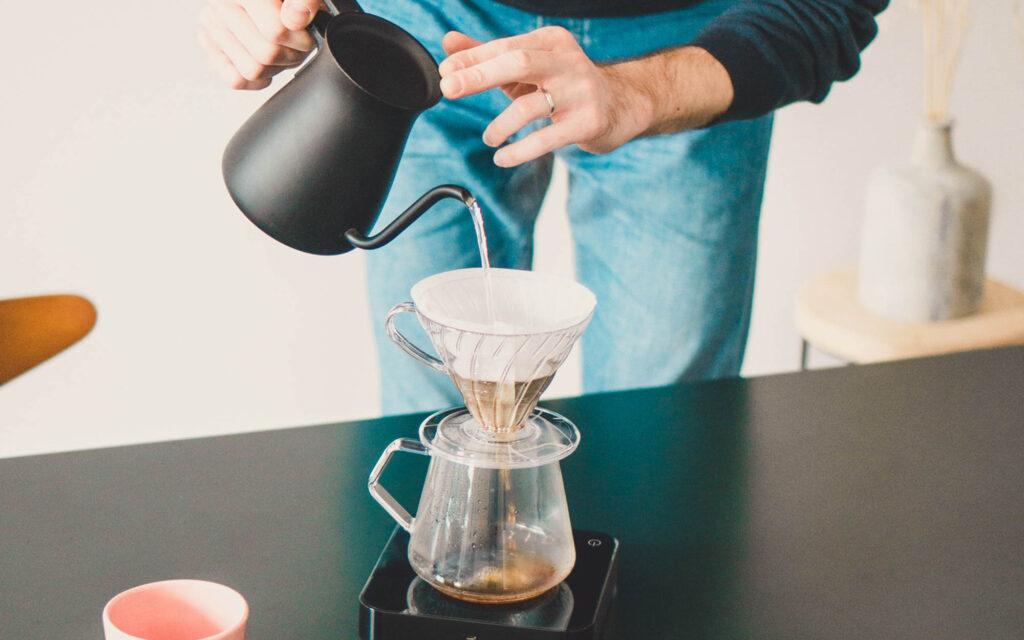
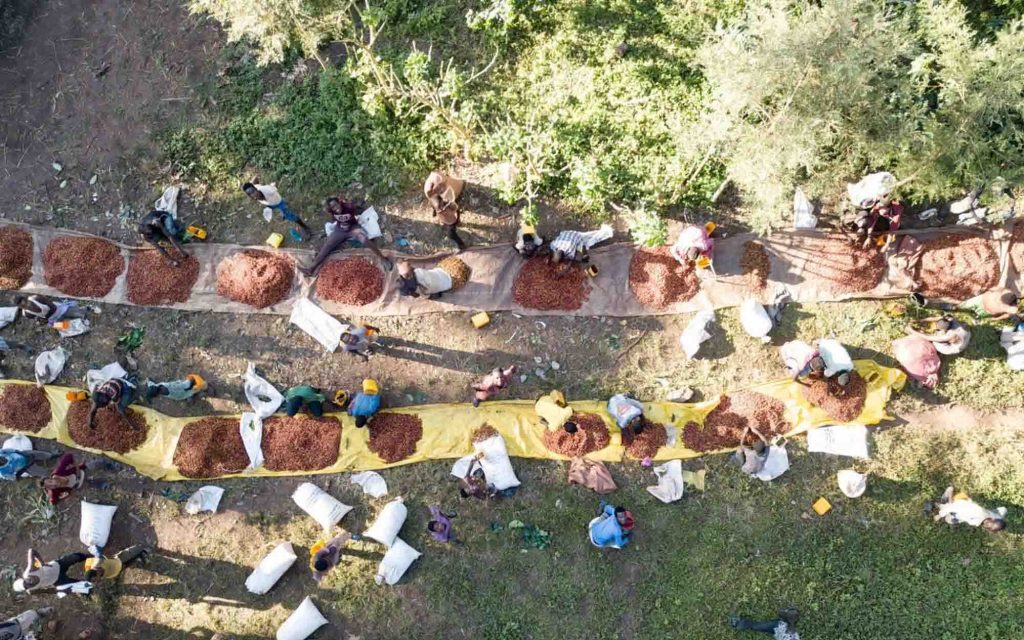
Responses